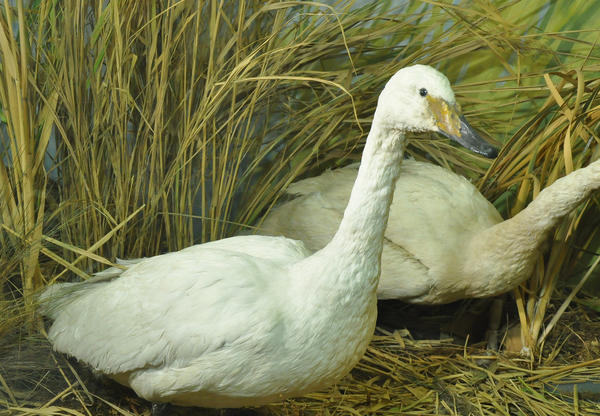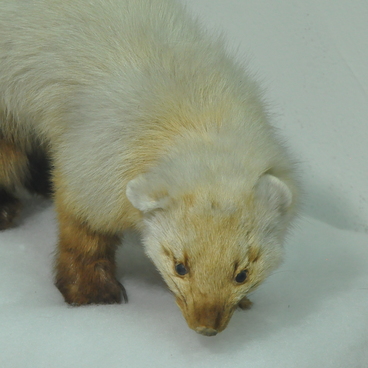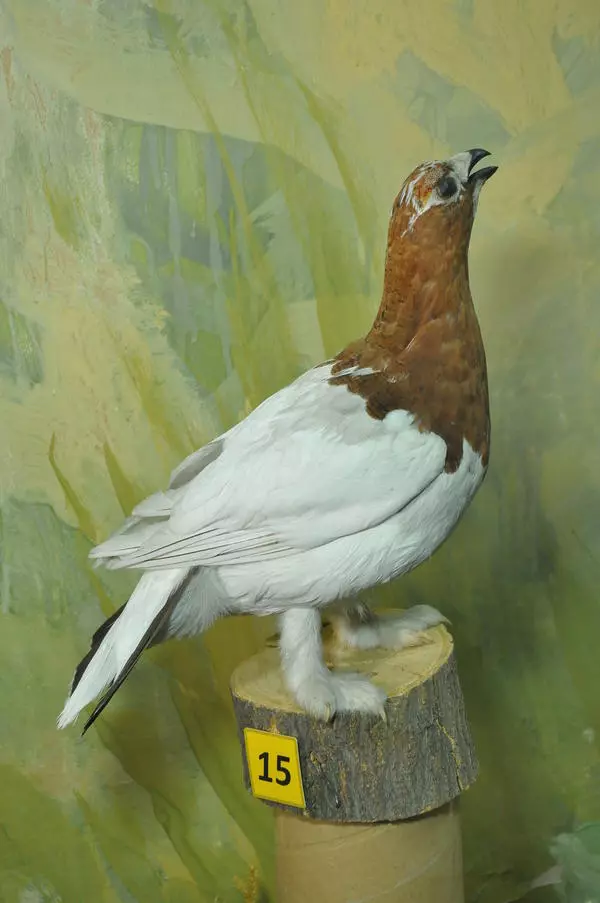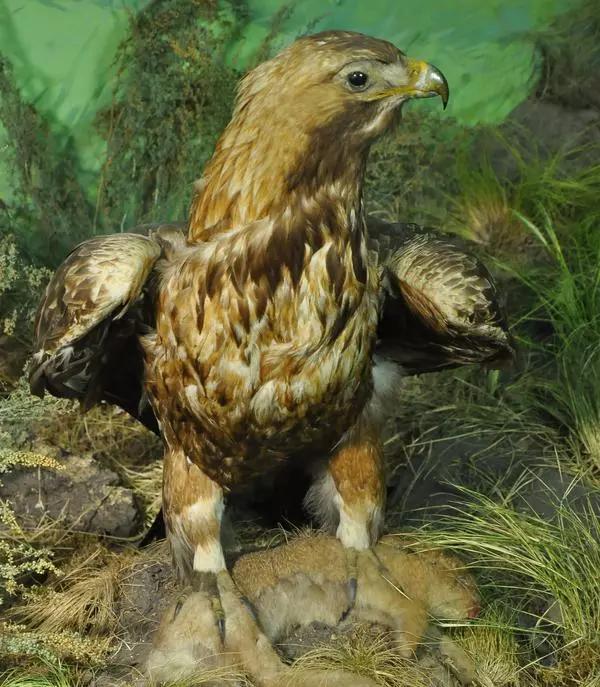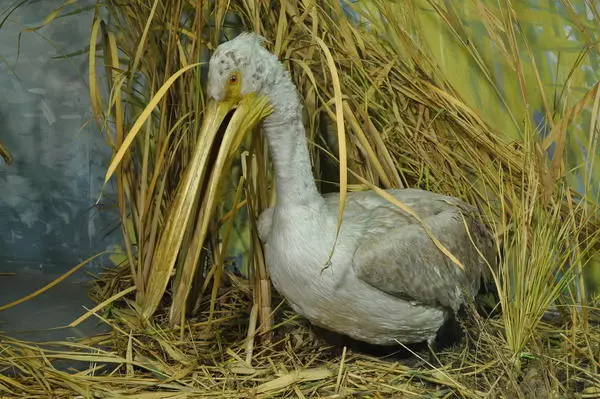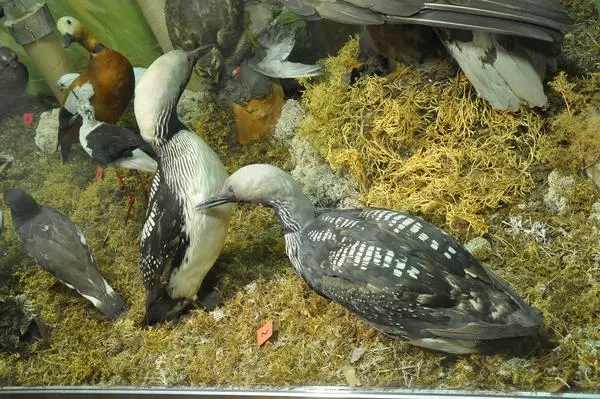The whooper swan (Cygnus cygnus) belongs to the order Anseriformes. It is a very large water fowl species: an adult swan can weigh up to 14 kg, and the wingspan is 218-243 cm. The plumage of swans older than one year is pure white, and the bill yellow and black. The males look the same as the females, only a bit larger. The whooper swan (Cygnus cygnus) belongs to the order Anseriformes. It is a very large water fowl species: an adult swan can weigh up to 14 kg, and the wingspan is 218-243 cm. The plumage of swans older than one year is pure white, and the bill yellow and black. The males look the same as the females, only a bit larger.
The whooper swan has rather an unhasting manner of swimming, but it is quite difficult to run down even on a boat. When it wants to take off, it runs long, pattering on the water and gaining speed and height. Since adult swans are heavy, they are reluctant to walk.
The whooper swan got its name due to loud honking calls they make, mostly in flight. When irritated, they start uttering a hissing sound similar to geese. Occasionally, one can hear them making lamenting sounds, similar to the sounds of a trumpet. Since a long time ago, there has been a belief that swans make such utterances shortly before death, hence the ‘swan song’ metaphor.
As they return from their wintering places in spring, swans often hail each other in the sky. They are the earliest water fowl to come back from their wintering sites, often when snow is still everywhere or is just beginning to melt. Soon, pairs will be dispersed according to their nesting quarters, which whoopers stick to for years. They are very much attached to their homes.
Whooper couples nest separately from one another on the banks of rivers and lakes and, even more gladly, on lake isles among vast wetlands and marshes. To build a nest they use grass, moss, and feathers. They can as well live next to people if they don’t violate the birds’ calm.
Usually, neighbouring whoopers are quite peaceful to each other, they often feed together or play noisily, shouting and drumming. They mostly feed on water plants and small invertebrates, which they procure by stooping their heads in the water, sometimes with their tails straight up.
